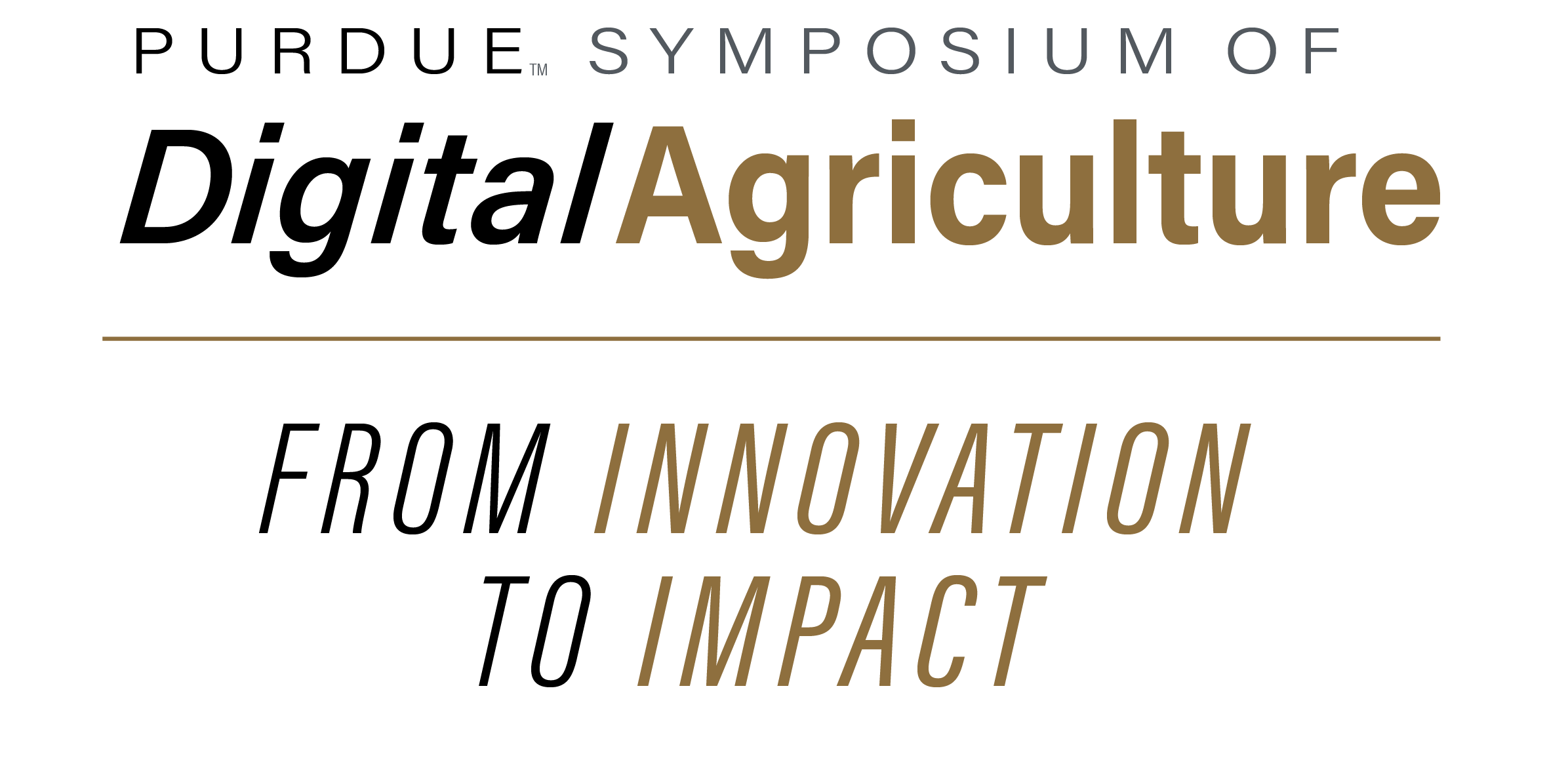Abstract
Soil organic matter (SOM) is a key indicator of soil health, which is vital for maintaining future crops and income. Furthering our understanding of long-term variability in SOM and digital soil mapping methods of SOM will help farmers make management decisions supporting stable yields. While SOM dynamics have been studied in some regional-scale and plot-level studies, their spatiotemporal variability at farm scale is largely unstudied. In this research, we used geospatial models to identify and interpret long-term trends (2015-2024) in SOM at farm scale using the Purdue University research farm in West Lafayette, Indiana as a case study. Our SOM model input data included 2021-2022 soil sample data (mean 3.7% OM), satellite-derived soil and vegetation indices such as Bare Soil Index, topographic derivatives such as slope, and USDA NRCS soil survey data such as percent clay content. Preliminary analysis suggests that of the models tested, including Random Forest, Extreme Gradient Boosting, and kriging with external drift, Extreme Gradient Boosting performs the best for predicting SOM, with a concordance correlation coefficient (CCC) of 0.70, coefficient of determination (R2) of 0.54, and root mean square error (RMSE) of 0.73. Preliminary analysis also shows that the majority of the research farm area had -25% to 25% change in SOM levels over the study period. Future analysis will include the Mann-Kendall Test and other trend analyses to quantify the spatiotemporal trends in SOM across the farm. Findings from our analysis will inform critical management decisions in increasingly variable farming conditions.
Keywords
soil organic carbon; geospatial modeling; machine learning; kriging
DOI
10.5703/1288284318183
Geospatial Modeling of Spatiotemporal Variability in Farm-Scale Soil Organic Matter Dynamics
Soil organic matter (SOM) is a key indicator of soil health, which is vital for maintaining future crops and income. Furthering our understanding of long-term variability in SOM and digital soil mapping methods of SOM will help farmers make management decisions supporting stable yields. While SOM dynamics have been studied in some regional-scale and plot-level studies, their spatiotemporal variability at farm scale is largely unstudied. In this research, we used geospatial models to identify and interpret long-term trends (2015-2024) in SOM at farm scale using the Purdue University research farm in West Lafayette, Indiana as a case study. Our SOM model input data included 2021-2022 soil sample data (mean 3.7% OM), satellite-derived soil and vegetation indices such as Bare Soil Index, topographic derivatives such as slope, and USDA NRCS soil survey data such as percent clay content. Preliminary analysis suggests that of the models tested, including Random Forest, Extreme Gradient Boosting, and kriging with external drift, Extreme Gradient Boosting performs the best for predicting SOM, with a concordance correlation coefficient (CCC) of 0.70, coefficient of determination (R2) of 0.54, and root mean square error (RMSE) of 0.73. Preliminary analysis also shows that the majority of the research farm area had -25% to 25% change in SOM levels over the study period. Future analysis will include the Mann-Kendall Test and other trend analyses to quantify the spatiotemporal trends in SOM across the farm. Findings from our analysis will inform critical management decisions in increasingly variable farming conditions.


